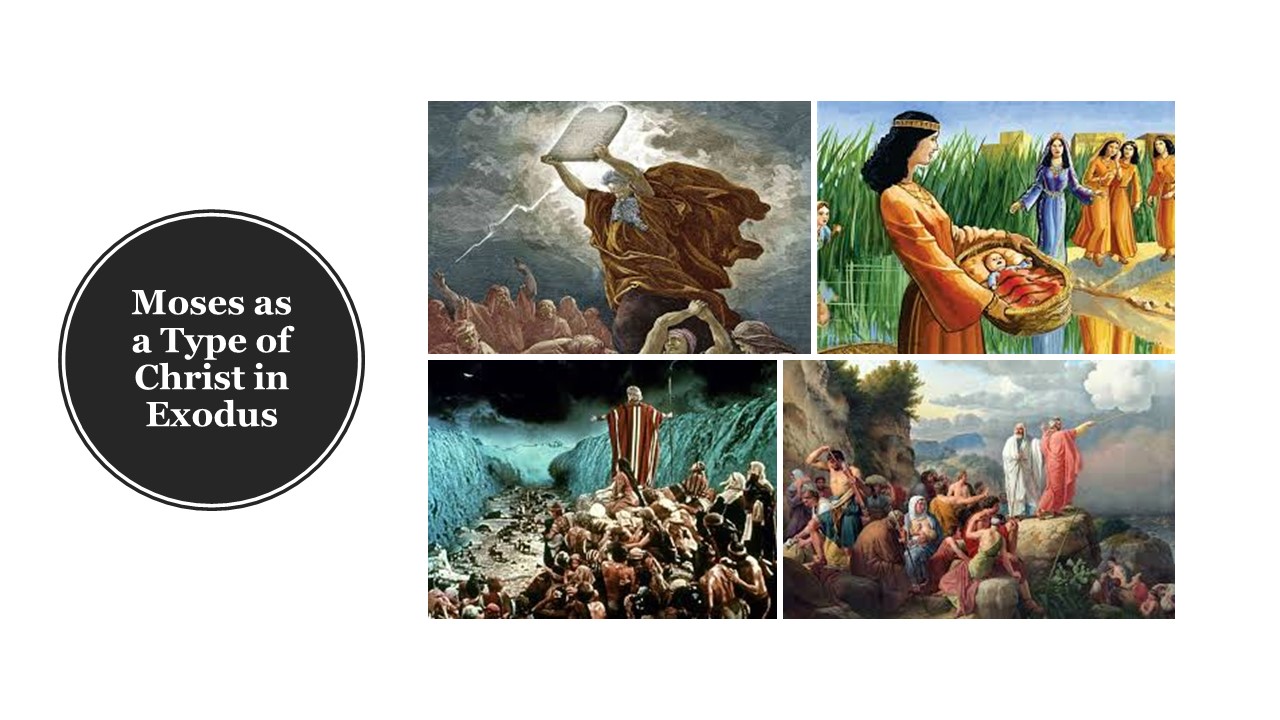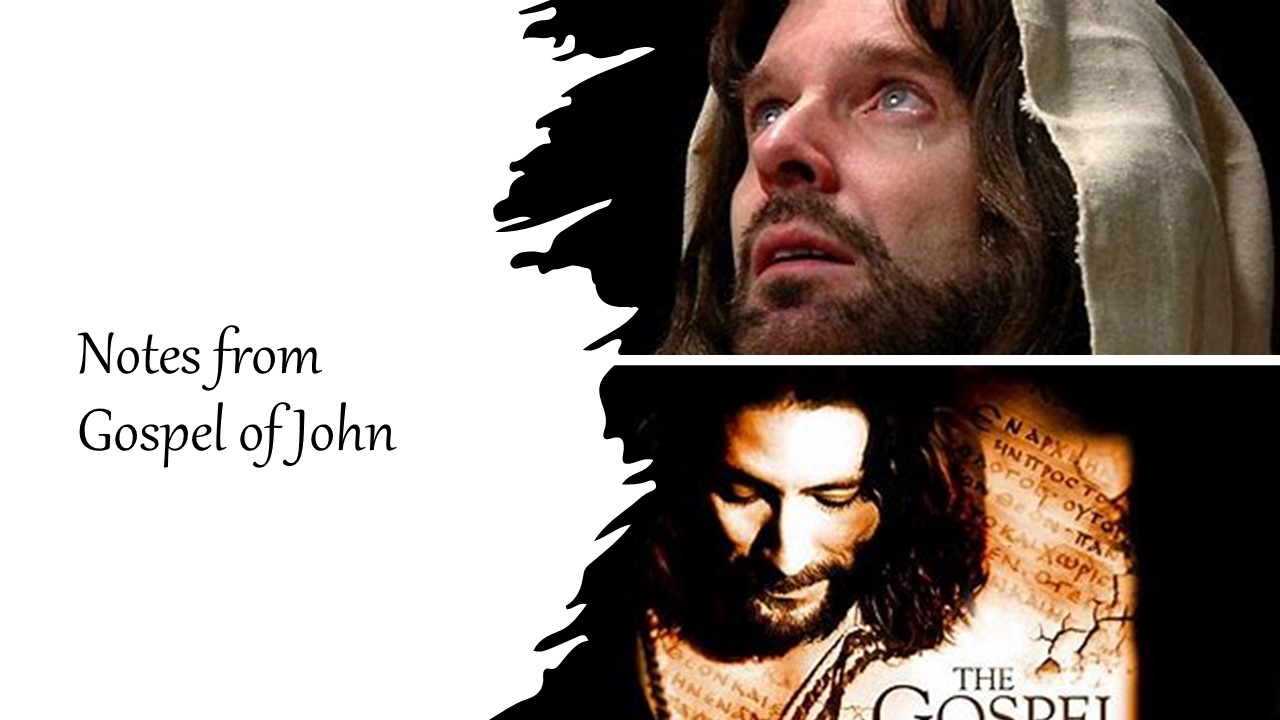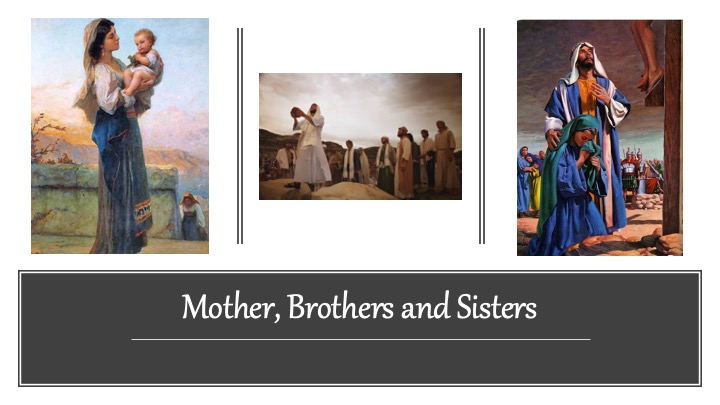The story of Cain and Abel, set against the backdrop of humanity’s exile from Eden, vividly portrays the devastating effects of sin and the struggles of human relationships under its curse. As Adam and Eve labor under the weight of their disobedience, their sons take divergent paths—Cain as a farmer and Abel as a shepherd. When the brothers present their offerings to God, Abel’s sacrifice is accepted, reflecting his faith and obedience, while Cain’s is rejected, revealing his pride and resentment. This rejection sows seeds of envy and anger in Cain’s heart, setting the stage for tragedy.
The confrontation between the brothers escalates, with Cain’s bitterness overcoming Abel’s attempts to reason with him and guide him back to God. Despite God’s warning to Cain that sin is "crouching at the door," Cain succumbs to his anger and kills his brother, becoming the first murderer in human history. Confronted by God, Cain deflects responsibility, but his guilt is undeniable. Banished to a life of wandering, Cain bears the mark of his crime but also receives God’s protection, a complex reminder of God’s justice tempered by mercy.
In the aftermath, Adam and Eve grieve deeply for their lost sons—one to death, the other to exile—and lament the far-reaching consequences of their sin. Yet, even in their sorrow, God offers hope: the promise of a Redeemer who will one day crush the serpent’s head and restore what has been broken. This narrative not only highlights the destructive nature of sin and the importance of obedience to God but also points to the enduring hope of redemption, a promise that sustains humanity even in its darkest moments.

Today’s devotional opens with a dramatic retelling of Jesus being transfigured and his encounter with Elijah and Moses. Then we explore the parallel experiences...

John’s Gospel omits a large amount of material found in the synoptic Gospels, including some surprisingly important episodes: the temptation of Christ, Jesus’ transfiguration,...

It is true that Jesus said, “Whoever does God’s will is my brother and my sister and my mother.” (Mark 3:35) However, Jesus also...